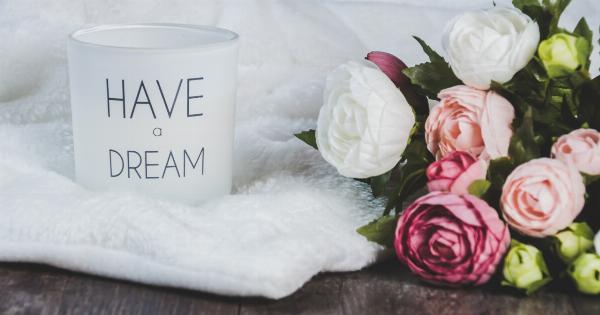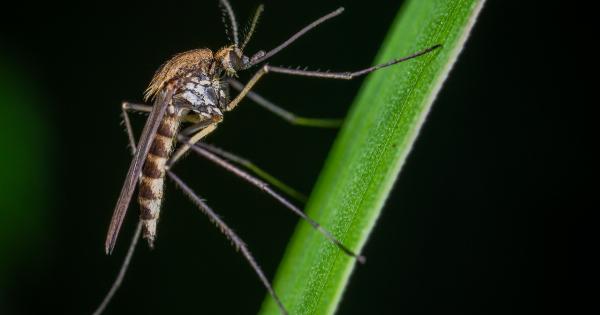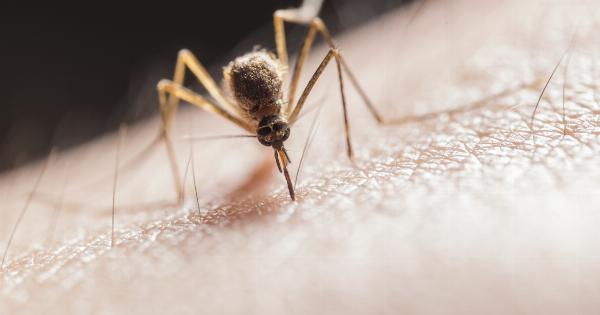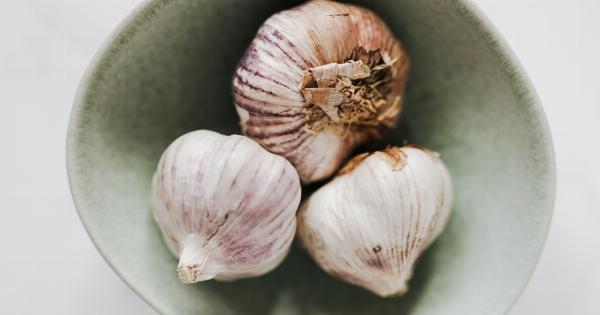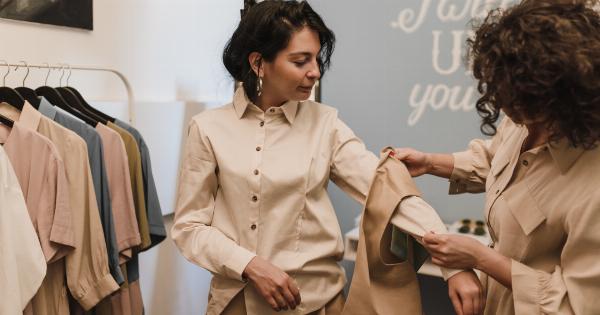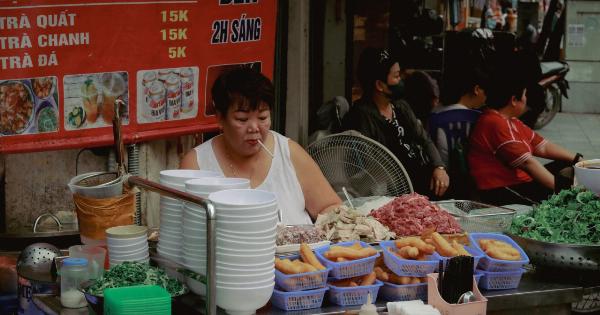Mosquitoes are not only annoying, but they can also transmit serious diseases such as malaria, dengue fever, and Zika virus. While there are various methods to repel mosquitoes, one often overlooked aspect is the color of our clothing.
Surprisingly, some colors tend to attract mosquitoes more than others. In this article, we will explore which colors are most attractive to mosquitoes and how we can use this information to prevent mosquito bites.
Why are Mosquitoes Attracted to Certain Colors?
Studies have shown that mosquitoes are visually oriented insects and they use their vision to locate their hosts. They are particularly attracted to movement, heat, and certain colors.
Mosquitoes have specialized eyes that are sensitive to specific wavelengths of light. They tend to be attracted to colors that resemble their preferred breeding sites or potential food sources.
The Most Attractive Colors to Mosquitoes
1. Dark Colors:.
Dark colors such as black, navy blue, and red are highly attractive to mosquitoes. These colors absorb a lot of light and heat, making them stand out to mosquitoes.
If you wear dark clothing, especially in outdoor settings, you are more likely to become a target for mosquito bites.
2. Bright Colors:.
Bright colors such as white, yellow, and light blue also attract mosquitoes. These colors are highly visible and can easily catch a mosquito’s attention.
Additionally, mosquitoes are particularly drawn to brightly colored flowers and plants, which they associate with food sources.
3. Floral Prints:.
Mosquitoes are not only attracted to solid colors but also to floral patterns. Floral prints on clothing tend to mimic the appearance of flowers and can make you more appealing to mosquitoes.
Avoid wearing clothing with floral prints, especially in areas with high mosquito activity.
4. Contrasting Colors:.
Mosquitoes are attracted to colors that stand out and create a contrast against the background.
For example, if you wear a dark-colored shirt with light-colored pants, the contrast created between your upper and lower body can make you more visible to mosquitoes.
5. Black and White Stripes:.
A study conducted in 2019 found that mosquitoes are particularly attracted to black and white striped patterns. This type of pattern provides a strong visual stimulus for mosquitoes and triggers their feeding instincts.
Avoid wearing clothing with black and white stripes when spending time outdoors.
The Least Attractive Colors to Mosquitoes
1. Light Colors:.
Mosquitoes are less attracted to light-colored clothing such as pastels, beige, and light green. These colors do not stand out as much and can blend with the surrounding environment, making you less visible to mosquitoes.
2. Neutral Colors:.
Neutral colors such as khaki, tan, and light gray are also less attractive to mosquitoes. These colors provide a less visually stimulating contrast and are less likely to catch a mosquito’s attention.
3. Camouflage Colors:.
Camouflage patterns can help you blend in with the environment and make it harder for mosquitoes to spot you. Mosquitoes are less likely to be attracted to clothing that matches the colors and patterns of the natural surroundings.
4. Light, Reflective Fabrics:.
Fabrics that are light and reflective, such as silk or polyester, are less attractive to mosquitoes. These materials do not absorb as much heat or hold on to odors, which can make you less appealing to mosquitoes.
It is important to note that while wearing certain colors may reduce your attractiveness to mosquitoes, it does not guarantee complete protection from mosquito bites.
Mosquitoes are attracted to various other factors such as body heat, sweat, and the presence of carbon dioxide. Therefore, it is essential to incorporate multiple preventive measures to minimize mosquito bites.
Tips for Preventing Mosquito Bites
1. Use Mosquito Repellents:.
Apply mosquito repellents that contain ingredients like DEET, picaridin, or oil of lemon eucalyptus to exposed skin and clothing. These repellents can provide long-lasting protection against mosquito bites.
2. Wear Protective Clothing:.
Wear loose-fitting, long-sleeved shirts and long pants to minimize exposed skin. Tuck your pants into your socks and wear closed-toe shoes to further reduce access points for mosquitoes.
3. Avoid Peak Mosquito Hours:.
Mosquitoes are most active during dawn and dusk. Limit your outdoor activities during these times to avoid mosquito bites.
4. Eliminate Standing Water:.
Mosquitoes breed and lay their eggs in stagnant water. Regularly empty any outdoor containers that collect water such as flowerpots, buckets, or birdbaths.
5. Use Mosquito Nets:.
When sleeping or spending time outdoors in areas with high mosquito activity, use mosquito nets over beds, hammocks, or outdoor seating areas to create a physical barrier between you and the mosquitoes.
6. Install Window Screens:.
Keep your windows and doors screened to prevent mosquitoes from entering your home. Repair any damaged screens to ensure they are fully functional.
7. Avoid Strong Fragrances:.
Mosquitoes are attracted to strong scents, such as perfumes, scented lotions, and soaps. Opt for unscented or lightly scented products to minimize mosquito attraction.
8. Keep Your Surroundings Clean:.
Regularly remove any stagnant water in your yard, trim overgrown vegetation, and clean up debris that can provide hiding spots for mosquitoes.
Conclusion
While we cannot completely eradicate mosquitoes, understanding their visual preferences can help us take proactive steps to reduce their attraction to us. Choosing the right colors of clothing can play a role in minimizing mosquito bites.
Dark colors, bright colors, floral prints, and certain patterns tend to be more attractive to mosquitoes, while light colors, neutral colors, camouflage patterns, and light, reflective fabrics are less appealing. However, it is crucial to remember that color alone is not the sole factor that determines mosquito attraction.
Incorporating other preventive measures such as using repellents, wearing protective clothing, and eliminating mosquito breeding sites is essential for effective mosquito bite prevention.

